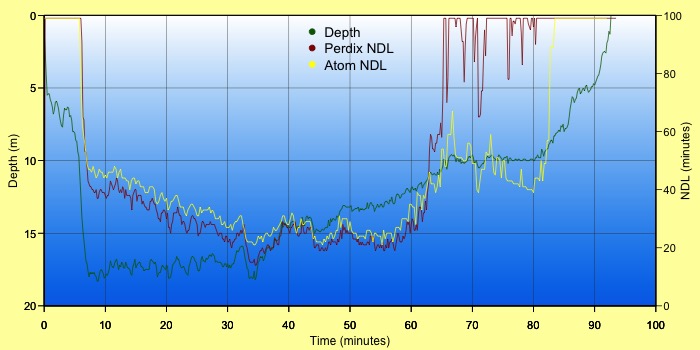Hi. I am new to the Descent MK1 (and diving in general), and have a basic question. I’m trying to figure out the dive planner. It seems that it computes NDL, assuming you’ll max out your dive? Ie., you enter depth and it tells you maximum minutes or you enter minutes and it tells you max depth, both of which get you to the NDL threshold? I’m trying to figure out how I would plan a dive that falls under the NDL for the dive, and then factor the residual nitrogen into the next dive, similar to how it would be done using the RDP tables. Maybe I’m thinking about it wrong. Can anybody give me some insight on this?
Thanks,
Mark



